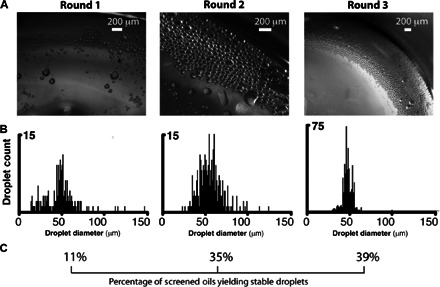Fig. 3. Droplets produced with oil r1A (see Table 1 for oil composition) yield anatase TiO2 nanoparticles.

(A) Bright-field (left) and polarized light (right) optical micrographs reveal birefringence at droplet boundaries, indicating the presence of crystalline materials. (B) XRD of washed precipitates recovered from TiBALDH/oil r1A emulsions confirms the presence of anatase TiO2 products. (C) Transmission electron microscopy reveals that the precipitates were structured as solid films, suggestive of interface mineralization. (D) EDX from the material shown in (C) confirms the presence of Ti, originating from the mineral titania phases, and Si, from a silicone surfactant (ABIL EM90; see Table 1 and table S1). (E) Selected area diffraction from the area indicated by the box in (C) corroborates XRD data, showing the presence of anatase TiO2, as indicated by diffraction from the (101) plane. (F) High-magnification TEM image shows that anatase is present in the form of nanocrystals embedded in an amorphous film; the indicated 0.35-nm spacing within the nanocrystal is characteristic of anatase (101).
